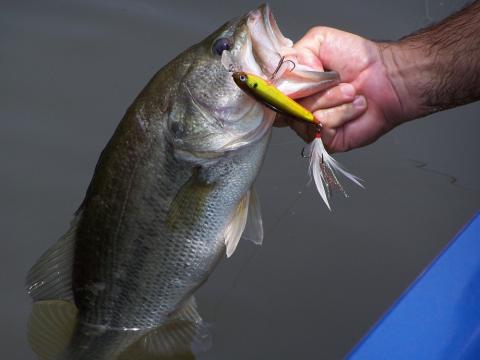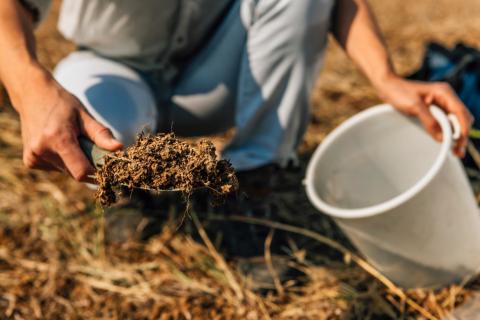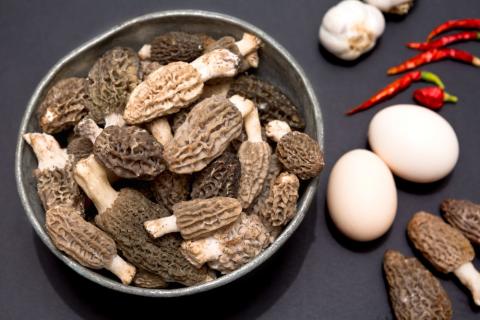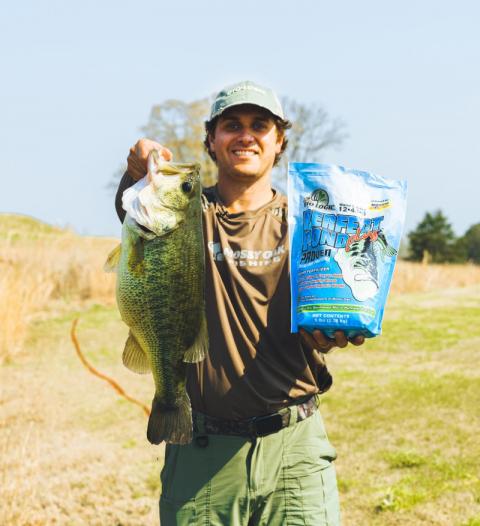Mark Thomas | Originally published in GameKeepers: Farming for Wildlife Magazine
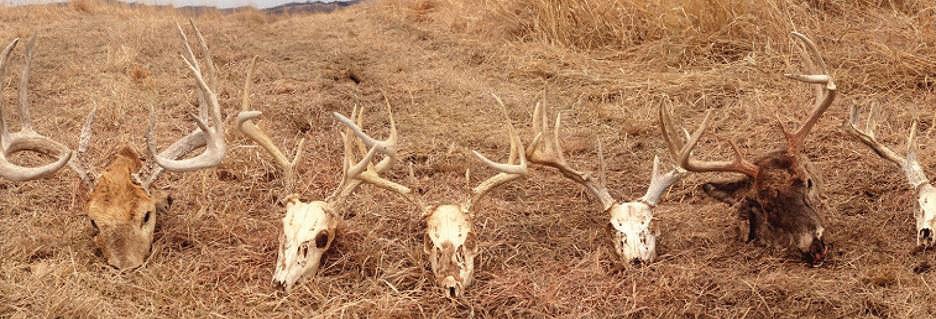
Hemorrhagic disease (HD) is the second most important infectious disease of white-tailed deer in the United States. It also affects mule deer, bighorn sheep, elk and pronghorn antelope. It is caused by viruses called EHDV (Epizootic Hemorrhagic Disease Virus) and BTV (Bluetongue Virus) that is transmitted to deer by a biting insect called a midge (gnat or no-see-um). These extremely small biting flies are most active in the late summer or early fall, when most outbreaks in whitetails occur. CWD (Chronic Wasting Disease) is the most important infectious disease of white-tailed deer in the United States and is caused by abnormal prions (neither viral nor bacterial but a totally different organism). CWD has the potential to completely devastate the free ranging whitetail deer herd. But, that’s a topic for another day.
HD was first identified in 1955 when an outbreak in New Jersey occurred that killed over 600 deer. That same year 100 deer died from HD in Michigan. Another outbreak occurred in desert bighorn and whitetail deer in Texas in 1966. It is believed, however, that HD has been around since the 1880s, and probably a lot longer than that.
Effects of Hemorrhagic Disease on Deer
After a deer is bitten by an infected midge, clinical signs usually develop within one week after exposure. This depends on the potency of the virus and the individual deer’s natural immunity to the disease (due to antibodies present from past exposure). Visible signs include loss of appetite, high fever, severe lethargy, lameness, swollen head, neck, and tongue, and redness around the eyes. They often appear that they are struggling to breath, and may have an open mouth and protruding tongue. The lameness mentioned above is often caused by an interruption of hoof growth, and the actual cracking and sloughing of hoof walls. Deer showing this symptom usually recover after a prolonged period but the lameness may last several months. Other symptoms include tissue hemorrhages, blood clots and damaged blood vessels, and the death of vascularized tissues of the gastrointestinal tract.
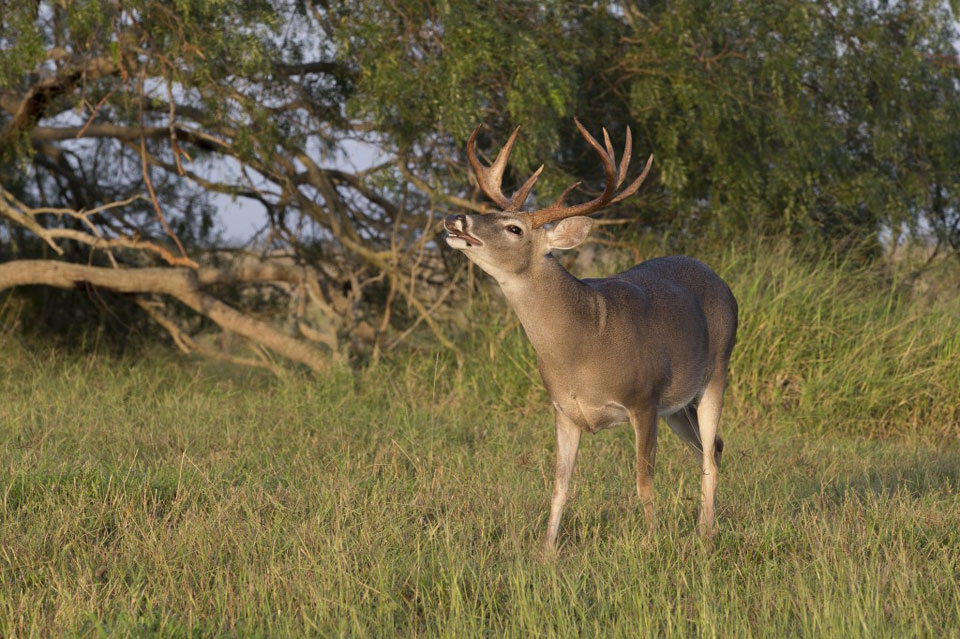
The impact of hemorrhagic disease is minor on a national scale, but can be locally severe. Individual landowners have reported mortality in excess of 80 percent. These bucks were all found dead on Mark Drury’s property.
Infected deer can become very approachable, as they lose their fear of humans. For whitetail deer with no acquired immunity from prior exposure, no maternal protective immunity, and little innate resistance, death usually occurs within 8 to 36 hours after the first signs of infection are noticed. Northern whitetails seem to be more susceptible than southern deer. Studies in whitetail deer in Florida and Texas, for example, have found that deer are exposed to the virus on an annual basis and have developed both, acquired and innate immunity to the disease.
The worst outbreak in the last 50 years was in 2007 in which over 65,000 deer died nationwide, but it looks like the mortality from the 2012 outbreak will surpass that figure once all the data has been analyzed. HD strikes both bucks and does of all age classes equally, and is usually dependent on the midge population, virulence of the virus, and livestock density in close proximity. Simultaneous infections often occur in deer, cattle and sheep, the latter two act as reservoirs for the virus, but seldom show clinical signs of infection. HD is not deer density dependent. In 2007, HD was observed in 31 states (812 counties) mostly in the Southeast, Mid-Atlantic, and Mid-Western states. HD was observed in 30 states during the 2012 outbreak but mortality was higher, especially up north. In Michigan, for example, HD killed over 15,000 deer in 30 counties in 2012. Only 1,000 deer died from HD in Michigan in 2010.
Hemorrhagic Disease: Deer Populations and Timeframe
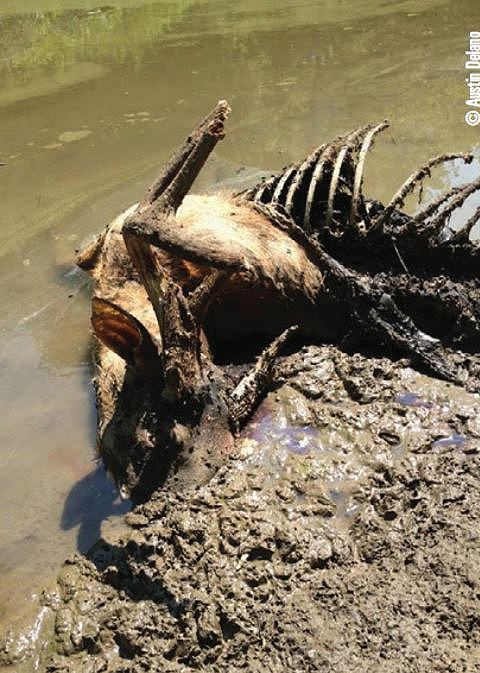
near water and often never leave.
HD seems to be expanding northward and westward, and one new serotype was discovered in 2006. A serotype can be thought of as a variety of the virus. Previously (prior to 2004), there were two EHDV serotypes (1 and 2), and five BTV serotypes (2, 10, 11, 13, and 17). EHDV serotype #6 was discovered in 2006, and it was the main serotype causing death that year. In 2012, almost 97 percent of the mortality was caused by EHDV (all three serotypes) with only 3 percent attributable to BTV. The impact of HD is minor on a national scale, but can be locally severe. Individual landowners have reported mortality in excess of 80 percent.
Symptoms in infected deer usually start to be noticed around mid-July and subside in November with the onset of colder weather and the first frost. A warmer than normal winter with light snows, followed by a hot, dry summer, may facilitate an outbreak. The Eastern United States has had ample rainfall this year, and the drought of last year has been broken, which may indicate that we will not have a significant outbreak of HD this fall. Conversely, at least in the HD outbreak of 2012 in North Dakota and Montana, it is thought that excessive rainfall during the end of the drought produced a great deal of ponded surface water, and may have contributed to an increased midge population — time will tell.
To put the 65,000 mortality figure in perspective, for example, consider deer-vehicle collision mortality. The State Farm Insurance Company has determined, through policy claims, that there were 936,494 deer-vehicle collisions during the 2002-03 season, 1,012,226 during the 2006-07 season, and 1,142,910 collisions during the 2011-12 season, up 22 percent from 02-03. This represents a full 33 percent of the entire deer harvest last year (3,461,706 deer were harvested by hunters in the 2011- 12 season).
Preventing Hemorrhagic Disease on Your Land
Despite hemorrhagic disease, deer still flourish. Even though HD has been around since the 1800s and probably prior to that, it has not limited the deer population expansion. They have, in fact, flourished, and populations are higher now than even before in pre-recorded history with a population of between 32 and 35 million.
There is not much a hunter or landowner can do to prevent HD. If you notice symptoms of HD in deer on your property, watch them closely and notify your state wildlife division. Take an annual camera census along with a written report so you will know your deer density, buck to doe ratio, buck age structure, fawning and twinning percentage, and then you will know exactly what percentage of your herd has been impacted, and how long it will take to recover. If you experience mortality in the 50 to 80 percent range, it will take approximately five years to recover to pre-HD population levels. You can shave a couple of years off of that by implementing a predator (coyote) reduction program on your property immediately after the outbreak.
Resources; Sources for this article include the Field Manual of Wildlife Diseases in the Southeastern United States (William R. Davidson and Victor F. Nettles, pp. 24 - 103), QDMA’s Whitetail Report 2009 (pp. 20 – 22) and 2013 (p. 16) [Joe Hamilton, Kip Adams, and Matt Ross] and The Wildlife Professional (Summer 2013 – Volume 7 Number 2, Tracking a Deer Killer, Divya Abhat, pp. 24-27), and Hemorrhagic Disease of White-tailed Deer, Southeastern Cooperative Wildlife Disease Study. College of Veterinary Medicine - The University of Georgia.
Mark Thomas is a Certified Wildlife Biologist and is President of Forestry/Wildlife Integration, LLC, a wildlife management and habitat enhancement specialties company. He can be reached at caribouhunter55@yahoo.com or by phone at 205-733-0477.

















